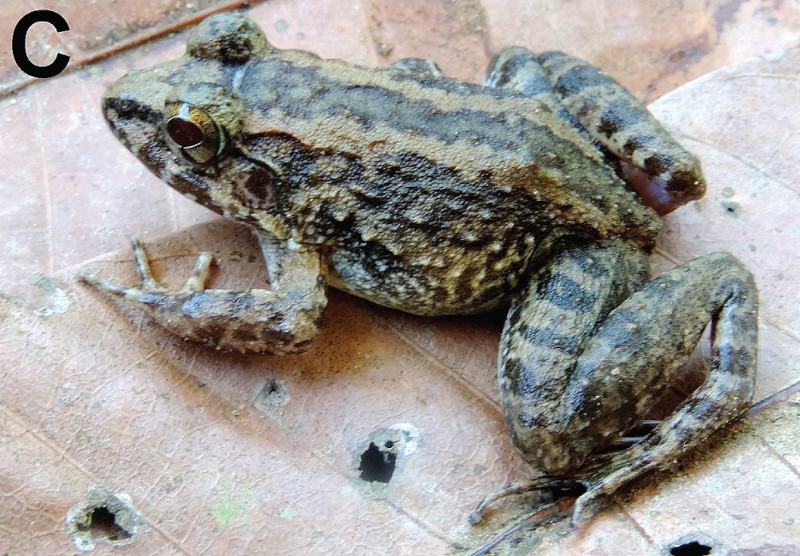
Limnonectes larvaepartus Facts
- The recently discovered species known as the Limnonectes larvaepartus truly represents a highly unique species of frog. This newly recognized and quite remarkable animal species does not yet possess a common name, unfortunately.
- The amazing creature received its first scientific recognition in 1994, though under a different, temporary designation. Its first formal description and naming took place in 2014, however. That occurred at the hands of a group of three herpetologists.
- Astonishingly, this incredible amphibian also represents one of only four known varieties of a frog to develop fang-like teeth. Currently 6,455 known extant species of frog exist. This animal now represents one of only twelve to reproduce internally.
- To add to its distinctiveness, it is the only known frog on earth to not only conceive internally, but to give birth to fully developed tadpoles. All of the other species of frogs known to science that also give birth to live young deliver froglets.
- The IUCN now lists the Limnonectes larvaepartus as Least Concern on its Red List of Threatened Species. That status may soon change, though, since its numbers seem to be diminishing. It faces many threats, including that of climate change.
Related Articles
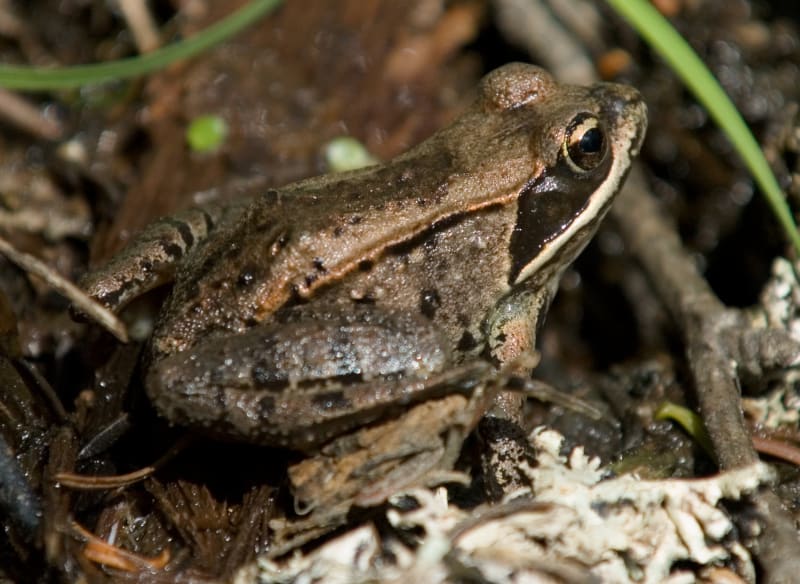
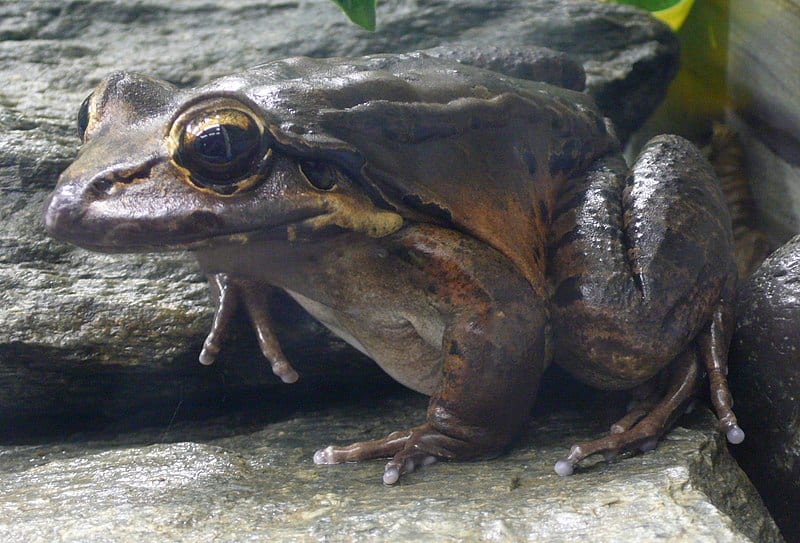
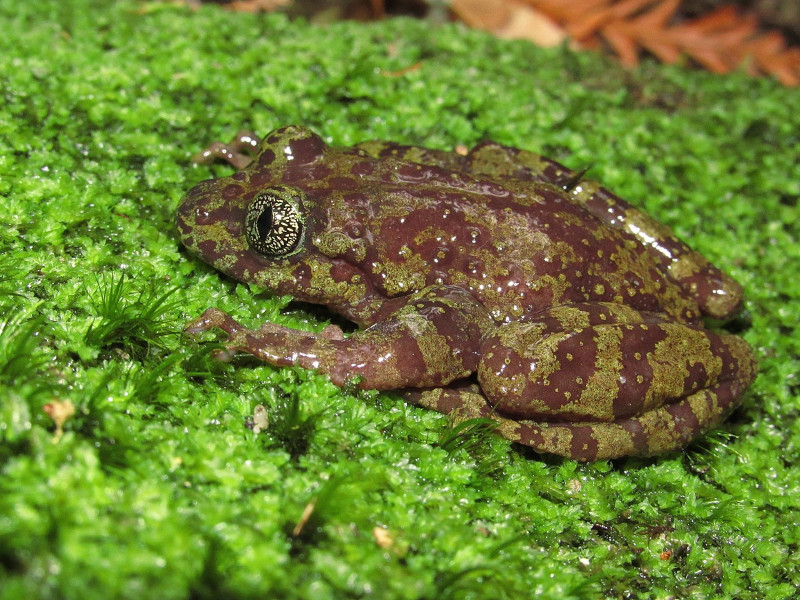
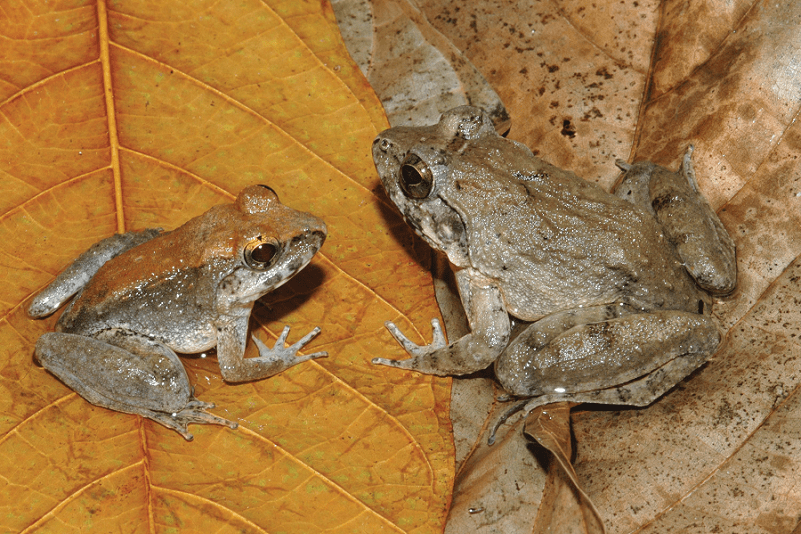
Limnonectes larvaepartus Physical Description
Though the Limnonectes larvaepartus fascinates researchers, it does not do so based on size. That’s because the amphibian remains a somewhat diminutive species. Overall, mature adults of this variety of frog attain an average length of roughly 1.5 in (3.8 cm).
This small marvel of Nature further exhibits a slight degree of the physiological characteristic of sexual dimorphism. In its particular case, this trait manifests itself in the fact that females average slightly greater in length than their male counterparts.
Not to be completely overshadowed, though, the shorter males typically possess a stouter body shape. The otherwise impressive Limnonectes larvaepartus nevertheless also remains an overall lightweight, with mature adults averaging only 0.18 oz (5 grams) in weight.
Its appearance, meanwhile, tends to vary between individuals. The upper portions of the body vary in color the most. This portion may be either brownish gray, golden tan or reddish-brown. Its underbelly, though, develops as either cream-colored or yellowish.
- Kingdom: Animalia
- Phylum: Chordata
- Class: Amphibia
- Order: Anura
- Family: Dicroglossidae
- Genus: Limnonectes
- Species: L. larvaepartus

Limnonectes larvaepartus Distribution, Habitat, and Ecology
The diminutive Limnonectes larvaepartus regrettably remains endemic to a highly restricted region of the globe. That small area consists of only the island of Sulawesi, Indonesia, in Asia. It also remains unclear if the creature ever possessed a more extensive range.
It further demonstrates very specific preferences in terms of where it chooses to make its home. The nature of that habitat, unfortunately, makes detailed study of the animal difficult. The living area of the diminutive marvel consists of a very dense jungle.
Even there, however, the Limnonectes larvaepartus only appears in a very specific type of local environment. To the knowledge of scientists, the isolated animal only makes its home near streams, and only in the more mountainous regions of its island home.
The precise dietary habits of this wonder of evolution has not yet been fully determined, due to the inherent difficulties of studying it in detail. Like its many relatives, though, adults feed on the various small insects species so prevalent within its zone of habitation.
After mating, females typically produce about 100 eggs. How the surprising creature achieves internal reproduction actually remains a complete mystery to researchers, however. This occurs because the male possesses no discernible reproductive organ.
Species Sharing Its Range
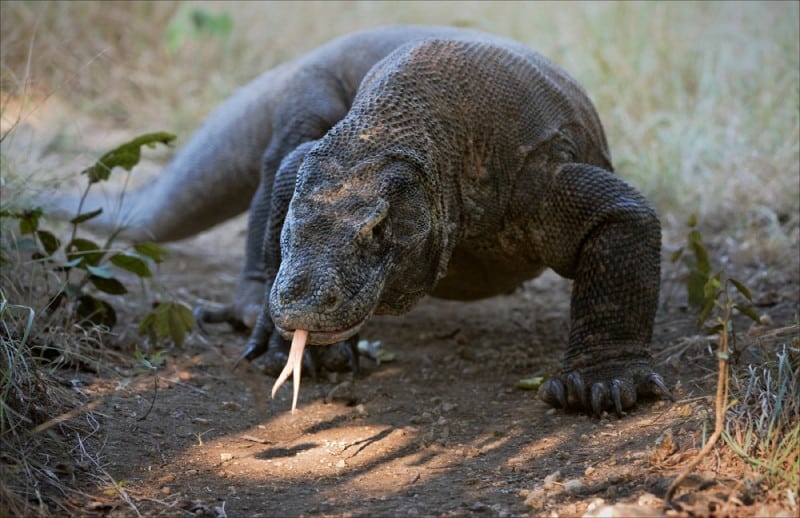
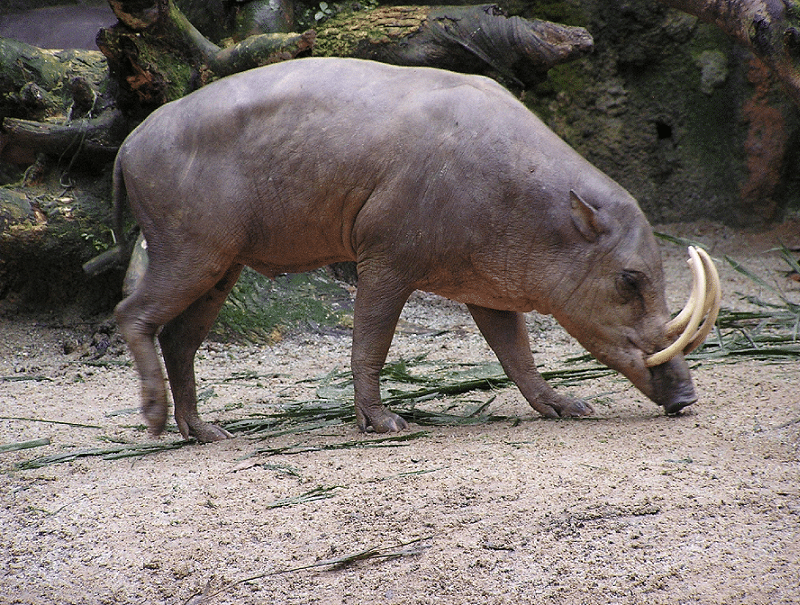

Check out our other articles on Native North American Mammals, Green Iguana, Tristan da Cunha, Common European Viper, Orange-belted Bumblebee, Holy Ghost Orchid, Spiny Flower Mantis









Leave a Reply